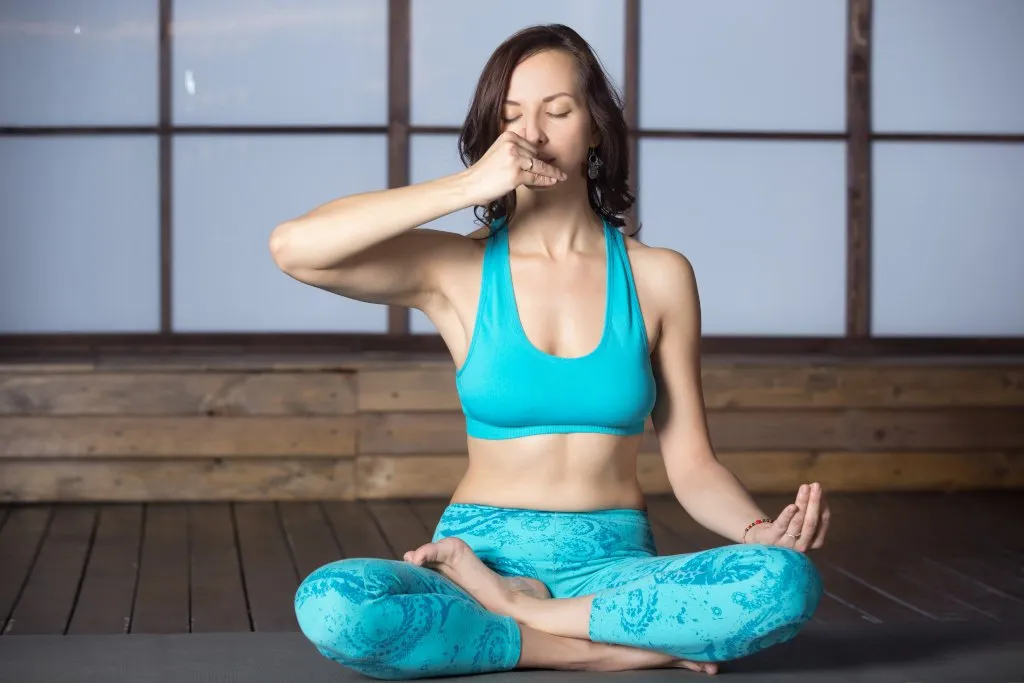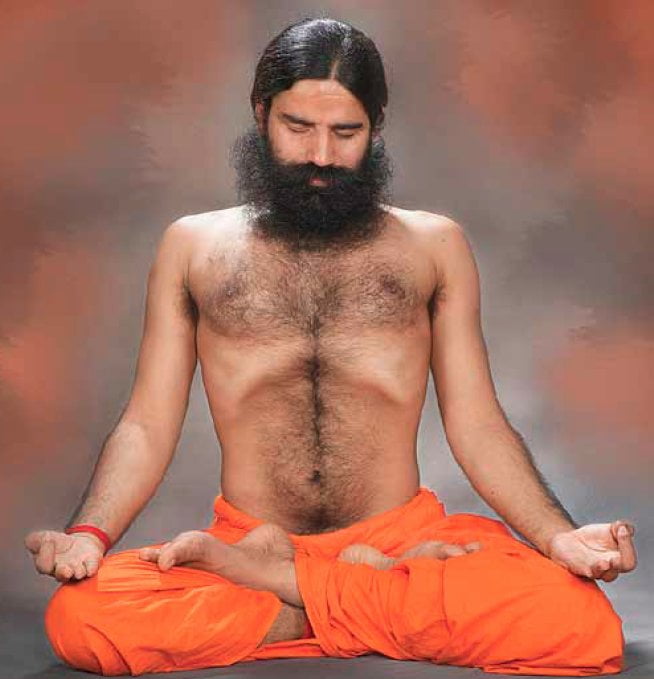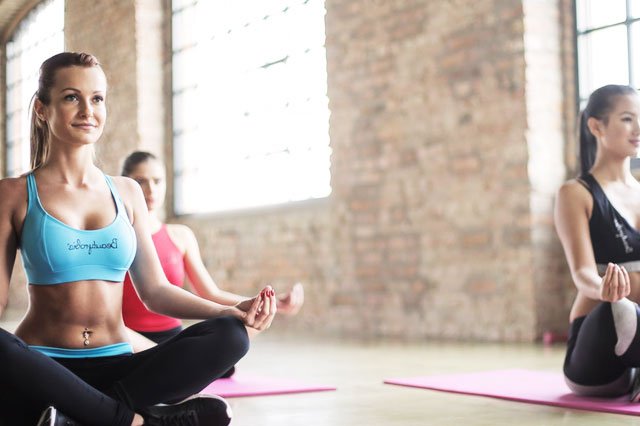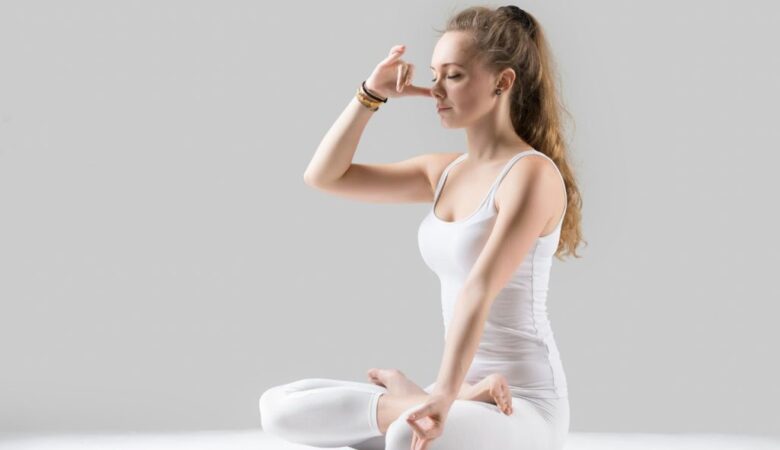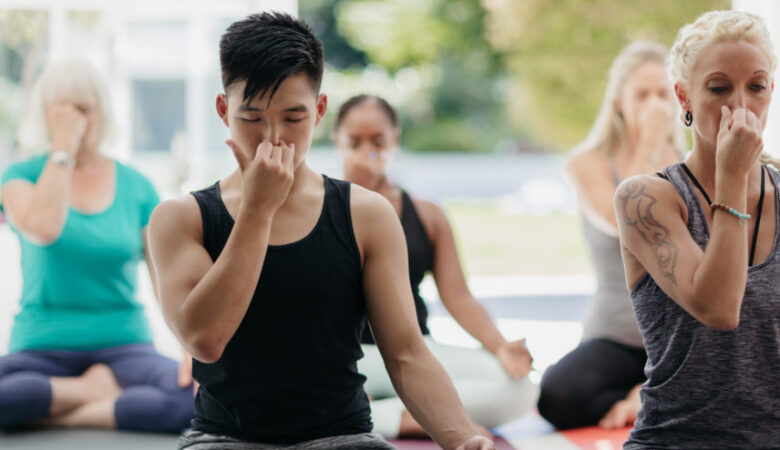Breath is more than a physical function in yogic science; it is the carrier of prana, the vital life energy. Every inhalation and exhalation reflects a movement of energy that impacts the body, mind, and consciousness. In yogic breathing (pranayama), the breath is not just observed but refined and controlled through a deeper understanding of its components. So, see below the parts of the breath cycle in Yoga.
Table of Contents
Parts of the Breath Cycle in Yoga:
The breath cycle in yoga is composed of four distinct parts, each with unique physiological and energetic effects. Mastery of these parts leads to subtle awareness, nervous system balance, and eventually, spiritual awakening. The parts of the breath cycle in Yoga are…
1. Puraka (Inhalation)
Puraka is the act of drawing breath into the body, the inhalation phase of the breath cycle.
Key Features:
- Involves expansion of the lungs and chest
- Engages the diaphragm, allowing air to flow into the lungs
- Activates the sympathetic nervous system (energizing response)
Yogic Perspective:
- Represents the intake of prana (vital energy) from the universe
- Associated with upward movement (prana vayu)
- Symbolically linked with life, creation, and inspiration
Tips:
- Inhale smoothly and silently through the nose
- Expand the abdomen, then the chest (yogic three-part breathing)
- Avoid shallow, hurried breaths
2. Antara Kumbhaka (Internal Retention):
Antara Kumbhaka is the pause after inhalation, where the breath is held inside the body.
Key Features:
- Increases oxygen absorption and pranic assimilation
- Intensifies mental stillness and inner awareness
- Trains the nervous system for higher tolerance and balance
Yogic Perspective:
- Enhances concentration (dharana) and mental stability
- Associated with transformation, as prana circulates internally
- Used in mantra japa, visualization, and chakra awakening
Tips:
- Never strain during breath retention
- Build up gradually under expert guidance
- Combine with bandhas (locks) for deeper effects in advanced practice
3. Rechaka (Exhalation):
Rechaka is the act of exhaling, or releasing the breath from the body.
Key Features:
- Involves the contraction of the lungs and abdominal muscles
- Stimulates the parasympathetic nervous system (relaxation response)
- Helps detoxify the body by releasing carbon dioxide and waste energy
Yogic Perspective:
- Represents letting go, surrender, and release
- Associated with downward energy flow (apana vayu)
- Symbolizes cleansing and grounding
Tips:
- Exhale completely and slowly
- Allow the abdomen to gently contract
- Emphasize lengthening the exhalation to calm the mind
Bahya Kumbhaka (External Retention):
Definition:
Bahya Kumbhaka is the pause after exhalation, when the breath is held out.
Key Features:
- Deepens mental stillness and pranic control
- Initiates the experience of emptiness and inner silence
- Strengthens the discipline of the breath and nervous system
Yogic Perspective:
- Represents void, surrender, and ego dissolution
- Used in advanced techniques like Tadagi Mudra and Maha Bandha
- Serves as a gateway to Kevala Kumbhaka (spontaneous suspension of breath)
Tips:
- Do not force only attempt after stable mastery of other stages
- Practice under guidance if you have any medical conditions
- Maintain awareness of inner space during the pause
Putting It All Together: The Yogic Breath Cycle
A complete pranayama breath cycle typically follows this sequence:
This full cycle is used in various pranayama techniques, such as:
- Nadi Shodhana (Alternate Nostril Breathing)
- Ujjayi Pranayama
- Bhramari (Bee Breath)
The ratios of each part (like 1:1:1:1 or 1:4:2:1) are prescribed according to the practitioner’s level and the effect desired.
Conclusion:
Understanding and mastering the four parts of the breath cycle is central to the practice of Pranayama and the inner journey of Yoga. Each phase reflects a deeper dimension of self-awareness from the body to the breath, from the breath to the mind, and from the mind to the soul.
As you move through the breath consciously, you begin to move through life consciously. With discipline and grace, the breath becomes not just a tool but a teacher.
FAQ:
Q. What are the four parts of the breath cycle in yoga?
A. The four parts are:
- Puraka:- Inhalation
- Antara Kumbhaka:- Internal breath retention (after inhalation)
- Rechaka:- Exhalation
- Bahya Kumbhaka:- External breath retention (after exhalation)
Q. Do I need to master all four parts to practice pranayama?
A. No. Beginners start with Puraka and Rechaka (inhalation and exhalation) only. Kumbhaka (breath retention) is added gradually under the guidance of a teacher, as it requires more control and awareness.
Q. What is the purpose of Antara and Bahya Kumbhaka?
A.
- Antara Kumbhaka helps increase oxygen absorption, focus, and energy assimilation.
- Bahya Kumbhaka promotes mental stillness, strengthens the nervous system, and deepens meditative awareness.
Q. Is breath retention (Kumbhaka) safe for everyone?
A. Breath retention should be avoided if you:
- Have heart conditions
- Are pregnant
- Suffer from high blood pressure or anxiety disorders
Always consult a qualified yoga teacher or health professional before attempting kumbhaka practices.
Q. What is the ideal breath ratio for practice?
A. A common beginner ratio is 1:1 (equal inhale and exhale). As you progress, you may practice 1:4:2:1 (inhale: hold: exhale: hold) in advanced techniques. Always increase ratios gradually and without strain.
Q. Can these breath cycle parts be used during asana practice?
A. Yes. Coordinating inhalation and exhalation with movement improves flow, stability, and concentration. Kumbhaka is usually reserved for static postures or formal pranayama practice.
Q. What happens during Kevala Kumbhaka?
A. Kevala Kumbhaka is the spontaneous suspension of breath that occurs in deep meditation or samadhi. It arises naturally when prana is fully balanced and the mind is absorbed in stillness.
Q. How can I tell if I’m breathing correctly in yoga?
A. Signs of proper yogic breathing include:
- Smooth, silent breath
- Full expansion of the abdomen, ribs, and chest
- Feeling calm and focused, not tense or dizzy
- Breath becomes slower and longer over time

